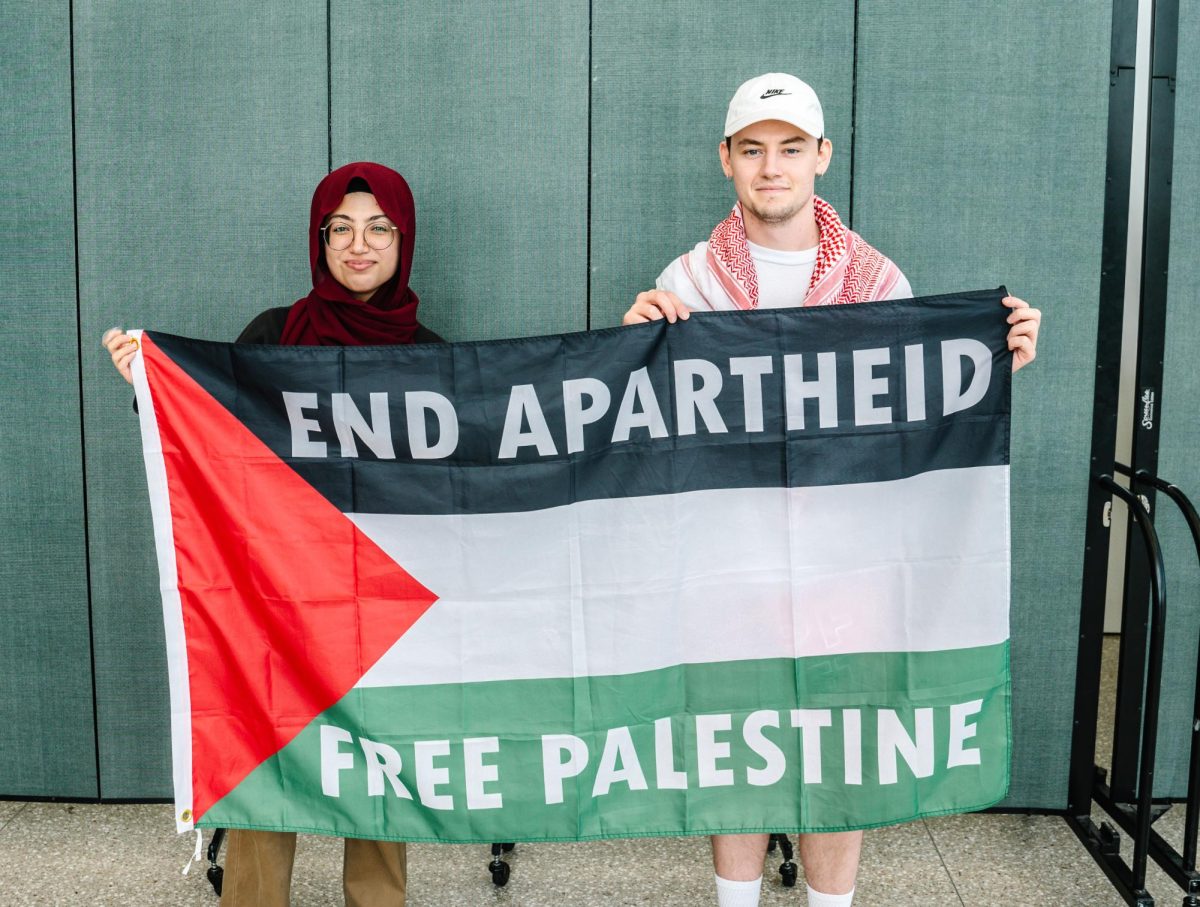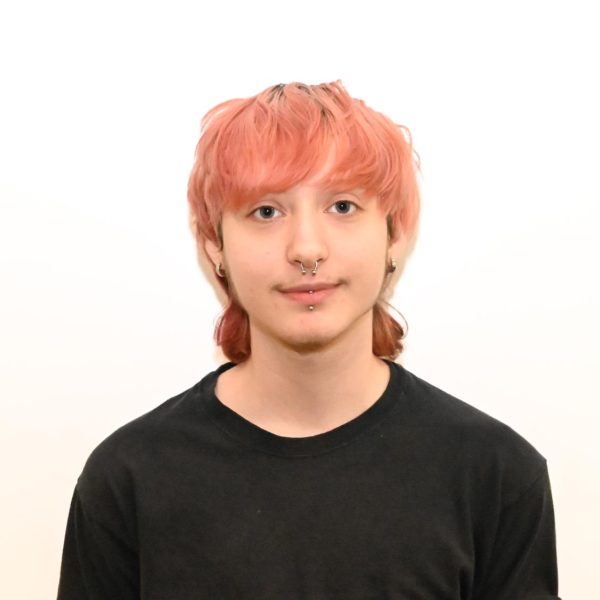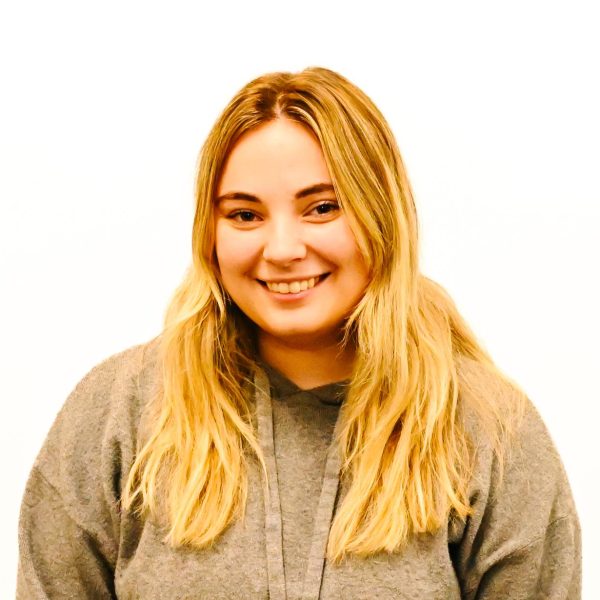This week, Students for Justice in Palestine hosted Israeli Apartheid Week, described by the Boycott, Divestment, Sanctions movement as a “tool for mobilizing grassroots support on the global level for the Palestinian liberation struggle.” The UMass Boston SJP put on a variety of events from Tuesday, April 29 to Friday, May 3, all focused on educating students on Israel and Palestine.
Max Herschman, the Jewish liason for Students in Justice for Palestine, said of the event, “Essentially, we think that education is really important right now because of unity. We really need to understand the system we’re fighting for, and the system we’re fighting against… It’s really important that people understand what’s really going on.”
On Tuesday, the group provided a variety of art supplies for students to create pro-Palestine art. The art build concluded with a presentation about safe protesting and organizing practices, including your rights as a protestor and how to best care for other protestors on the streets.
Then, on Wednesday, the SJP invited three professors to a teach-in around the theme, “What is the Israeli Apartheid System?” The teach-in ended with an open Q&A for students to ask more in-depth questions about Palestine.
Heike Schatten, a professor of political science at UMass Boston, kicked off the teach-in by identifying three major frameworks for understanding the situation in Palestine: temporary military occupation, permanent settler colonialism and apartheid, which she defined as the separation of indigenous people from colonizers with the intent to maintain domination over them.
Then, Laila Farsakh, also a political science professor, explained the historical circumstances of the current crisis in Palestine. She described how Zionism began as an ideology in Europe in the 19th century that fully developed in the 20th century. She added that Zionists claim Jewish people are native to Palestine because of their biblical residence there over 2,000 years ago—a position reinforced by the 710,000 settlers that moved to occupied territory by 2021.
Finally, Rania Said, a professor of comparative linguistics with a focus on modern language and culture, shared examples of apartheid in Palestinian music and literature. She focused on the theme of mobility—and more specifically, Palestinian’s inability to move freely among their own towns and country—but added that Palestinian art also tends to focus on the idea of ghosts, not just of dead Palestinians, but also of dead towns and culture.
Israeli Apartheid Week concluded with a wall display featuring art and educational flyers about Palestine, featuring a Palestinian flag in the center with the text “End Apartheid, Free Palestine,” and a showing of a Palestinian short film “portraying the life of Palestinians under the Israeli Apartheid System.” At both events, members of the SJP spoke with students directly on issues surrounding Palestine and Gaza.
In addition to Israeli Apartheid Week, the SJP is focused on educating students on the whole of Palestinian life and history. Herschman concluded, “Obviously, after October, we’ve seen some extreme escalation of violence… But I think what we need to understand is that this has been going on for over 75 years now, far longer than this current conflict. And I think that understanding that is the key to a long, long road to Palestinian liberation.”



